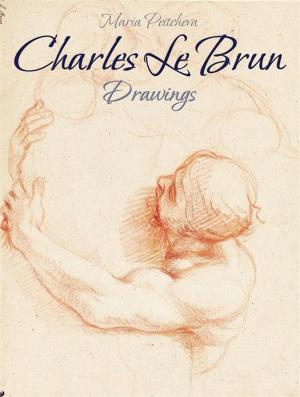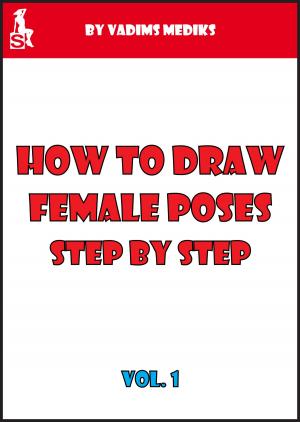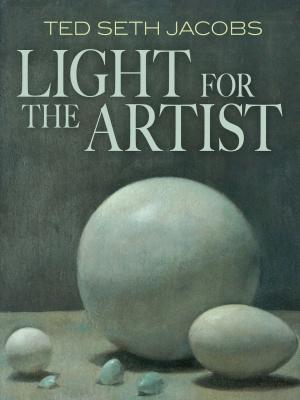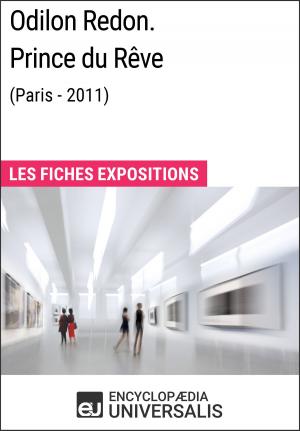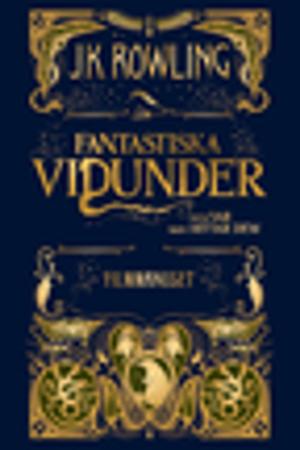Cholo Writing
Latino Gang Graffiti in Los Angeles
Nonfiction, Art & Architecture, General Art, Art Technique| Author: | François Chastanet | ISBN: | 9789185639854 |
| Publisher: | Dokument Press | Publication: | January 5, 2010 |
| Imprint: | Dokument Press | Language: | English |
| Author: | François Chastanet |
| ISBN: | 9789185639854 |
| Publisher: | Dokument Press |
| Publication: | January 5, 2010 |
| Imprint: | Dokument Press |
| Language: | English |
Cholo writing originally constitues the handstyle created by the Latino gangs in Los Angeles. It is probably the oldest form of the graffiti of names in the 20th century, with its own aesthetic, evident long before the East Coast appearance and the explosion in the early 1970s in Philadelphia and New York. The term cholo means lowlife , appropriated by Chicano youth to describe the style and people associated with local gangs; cholo became a popular expression to define the Mexican American culture. Latino gangs are a parallel reality of the local urban life, with their own traditions and codes from oral language, way of dressing, tattoos and hand signs to letterforms. These wall-writings, sometimes called the newspaper of the streets , are territorial signs which main function is to define clearly and constantly the limits of a gang s influence area and encouraging gang strength, a graffiti made by the neighborhood for the neighborhood. Cholo inscriptions has a speficic written aesthetic based on a strong sense of the place and on a monolinear adaptation of historic blackletters for street bombing. Howard Gribble, an amateur photographer from the city of Torrance in the South of Los Angeles County, documented Latino gang graffiti from 1970 to 1975. These photographs of various Cholo handletterings, constituted an unique opportunity to try to push forward the calligraphic analysis of Cholo writing, its origins and formal evolution. A second series of photographs made by Francois Chastanet in 2008 from East LA to South Central, are an attempt to produce a visual comparison of letterforms by finding the same barrios (neighborhoods) and gangs group names more than thirty five years after Gribble s work. Without ignoring the violence and self-destruction inherent to la vida loca (or the crazy life , referring to the barrio gang experience), this present book documents the visual strategies of a given sub-culture to survive as a visible entity in an environement made of a never ending sprawl of warehouses, freeways, wood framed houses, fences and back alleys: welcome to LA suburbia, where block after block, one can observe more of the same. The two exceptionnal photographical series and essays are a tentative for the recognization of Cholo writing as a major influence on the whole Californian underground cultures. Foreword by Chaz Bojorquez.
Cholo writing originally constitues the handstyle created by the Latino gangs in Los Angeles. It is probably the oldest form of the graffiti of names in the 20th century, with its own aesthetic, evident long before the East Coast appearance and the explosion in the early 1970s in Philadelphia and New York. The term cholo means lowlife , appropriated by Chicano youth to describe the style and people associated with local gangs; cholo became a popular expression to define the Mexican American culture. Latino gangs are a parallel reality of the local urban life, with their own traditions and codes from oral language, way of dressing, tattoos and hand signs to letterforms. These wall-writings, sometimes called the newspaper of the streets , are territorial signs which main function is to define clearly and constantly the limits of a gang s influence area and encouraging gang strength, a graffiti made by the neighborhood for the neighborhood. Cholo inscriptions has a speficic written aesthetic based on a strong sense of the place and on a monolinear adaptation of historic blackletters for street bombing. Howard Gribble, an amateur photographer from the city of Torrance in the South of Los Angeles County, documented Latino gang graffiti from 1970 to 1975. These photographs of various Cholo handletterings, constituted an unique opportunity to try to push forward the calligraphic analysis of Cholo writing, its origins and formal evolution. A second series of photographs made by Francois Chastanet in 2008 from East LA to South Central, are an attempt to produce a visual comparison of letterforms by finding the same barrios (neighborhoods) and gangs group names more than thirty five years after Gribble s work. Without ignoring the violence and self-destruction inherent to la vida loca (or the crazy life , referring to the barrio gang experience), this present book documents the visual strategies of a given sub-culture to survive as a visible entity in an environement made of a never ending sprawl of warehouses, freeways, wood framed houses, fences and back alleys: welcome to LA suburbia, where block after block, one can observe more of the same. The two exceptionnal photographical series and essays are a tentative for the recognization of Cholo writing as a major influence on the whole Californian underground cultures. Foreword by Chaz Bojorquez.


